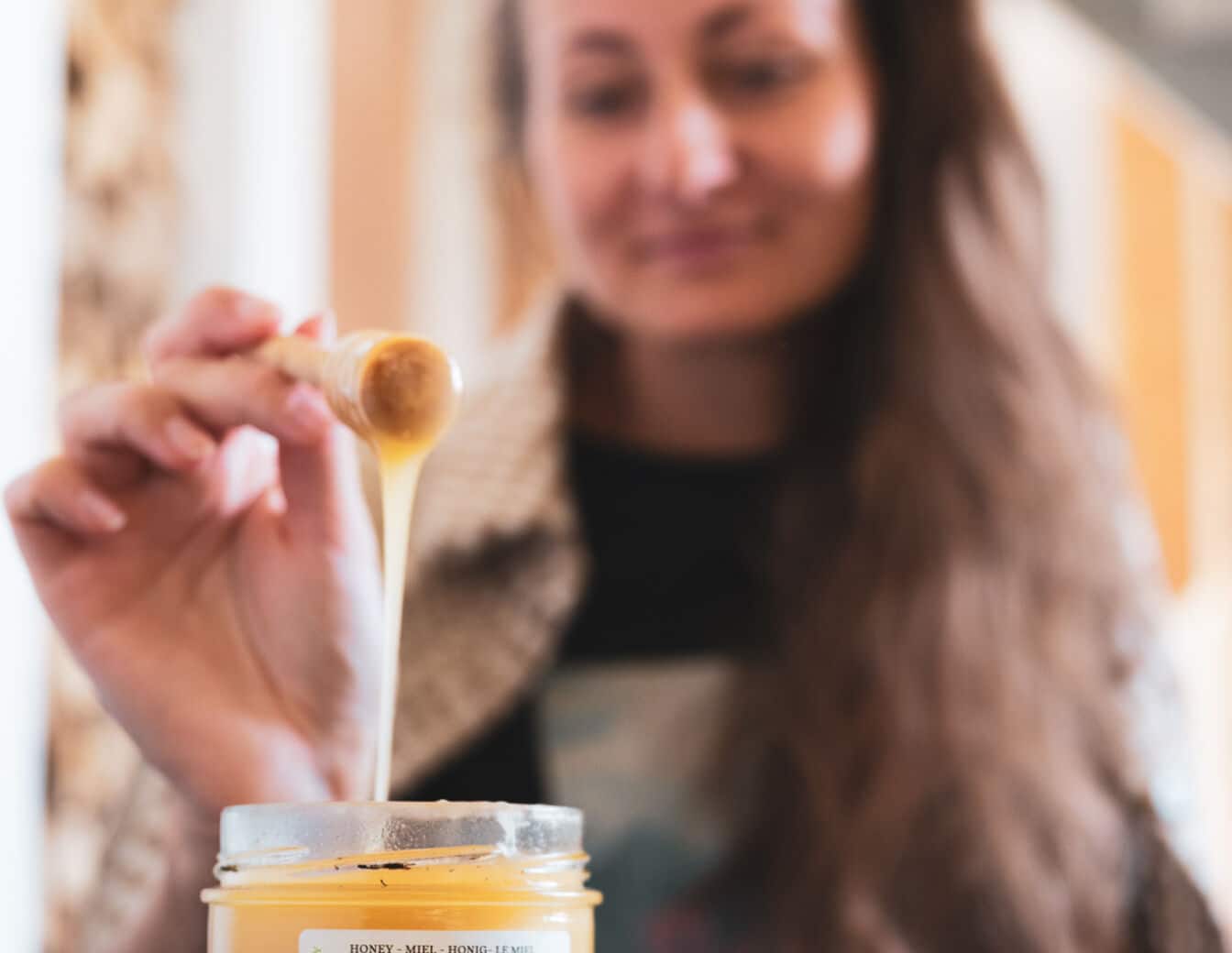Price of Honey – what does it depend on?

Honey is the third most adulterated food product in the world. Then the question arises, what does the price of the right Estonian honey depend on? We will explain it a little here.
Yearly honey yield
The first major influencer is definitely the yearly honey yield. According to the Estonian Statistics Office, the average honey yield per bee colony in Estonia is 20-25 kg, but in a good year it can be 2-3 times higher.
The yield is mainly influenced by the weather and the collection base and how the bee colony is ready for collection. The weather may be very favorable and the plants may be blooming, but it is always possible that the bee colonies are not in the right condition to realize this potential.
In turn, the sea has a very large influence on the weather. Saaremaa and Western Estonia are ahead of the east in terms of flowering, which means that if, for example, at the end of May or the beginning of June, Estonia experiences a two-week period of low pressure with a lot of precipitation and low temperature, it may happen that in one region a full harvest is obtained from a specific harvest plant and in another region not at all.
There are also cross-national factors, such as very un-favorable weather for bees to hibernate. If a large part of the colonies die, a large resource is spent on restoring the number of bee colonies in the spring, and it takes a heavy toll on the harvest of the spring and the first half of the summer.
In other words, as we already understood, a poor yield is always subjective, and location and year can significantly affect it. What is bad for Tartu County can be a very good honeybees in Hiiumaa. Or, for example, in some years, 40 kg in the same place is a very good harvest, but in another year, it is a poor harvest. It depends on how the rest of the beekeepers fared and whether honey is plentiful or scarce in the country as a whole.
Production efficiency
Secondly, the efficiency of a particular producer determines the price of honey. Larger manufacturers can think through the nuances to the smallest detail and get costs lower. Packaging, marketing costs, distribution, etc. are also a big part of the price of honey, just like any other product.
An estimated half of Estonian bee colonies are considered a source of significant income, and it can be concluded that efficiency is a high goal in those farms but the most expensive honey is not automatically always the best honey.
Organic or regular honey
Organic honey is more expensive than conventional honey, but there are also many additional requirements for organic honey. The strictest of them is related to the collection areas – this means that while basically all places are suitable for the production of conventional honey, organic bee colonies must be located where the collection comes mainly from natural sources or organic farming. In essence, this means that families have to be taken deep into the forest for the summer.
In addition, there are requirements for the hive material – wooden hives must be used in organic beekeeping, there are no such restrictions in conventional beekeeping, and synthetic materials such as foam can also be used.